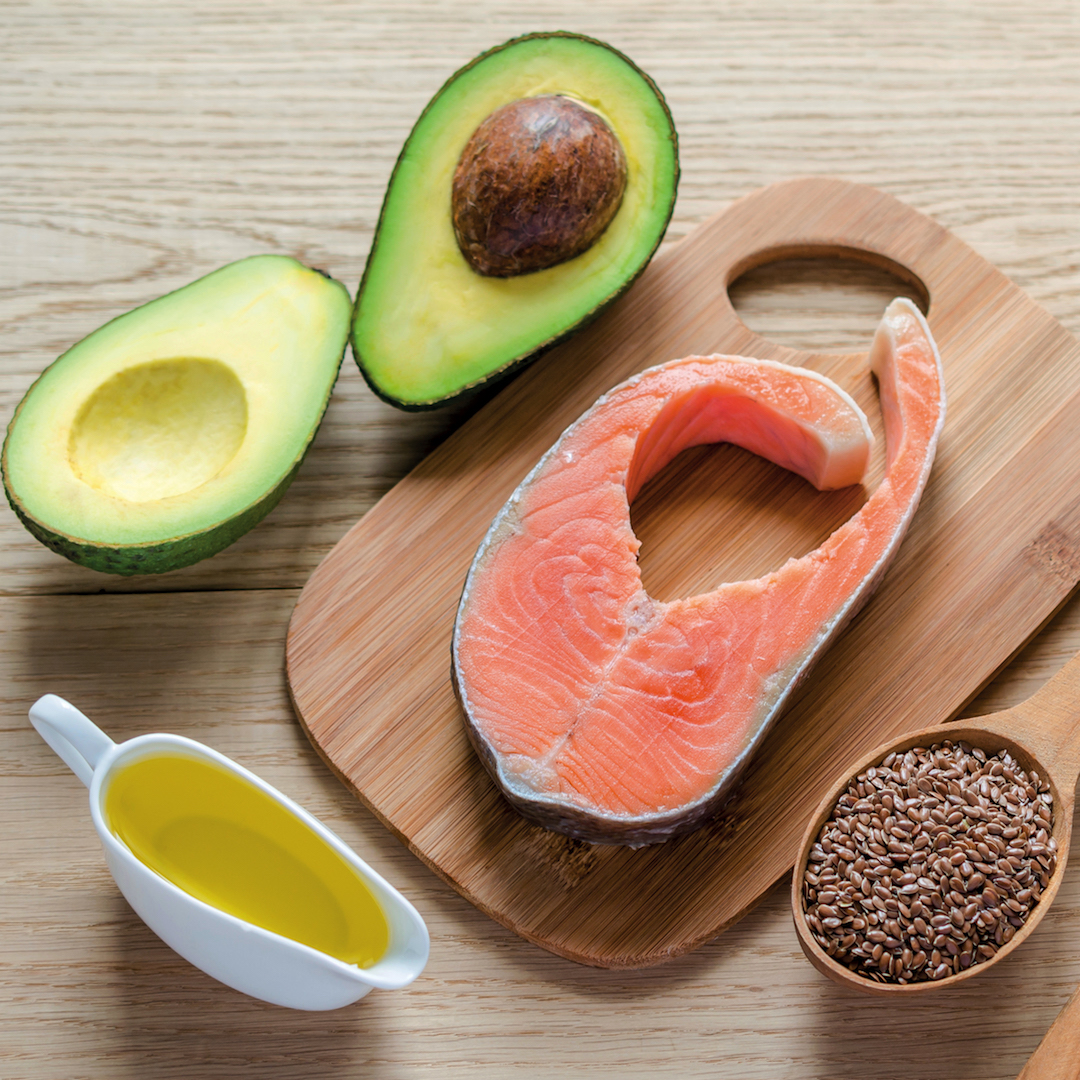High cholesterol puts strain on the heart – a risk factor that contributes to around five heart attacks every hour in this country. Between 150 and 195 South Africans die every day due to cardiovascular events and strokes, but we can change that by getting savvy about what we put into our bodies. Arthur Ramoroka, a registered dietitian in Joburg and a spokesperson for the ADSA (Association for Dietetics in South Africa), tells us how.
By Lauren Shapiro
TALK THE TALK
Low-density lipoprotein (LDL) – The ‘bad’ cholesterol that can clog arteries and limit blood flow.
High-density lipoprotein (HDL) – The ‘good’ cholesterol that helps move LDL to the liver for disposal.
WE NEED CHOLESTEROL
Cholesterol is a waxy, fatty substance produced by the liver and present in certain foods. The body uses it to make vitamin D and certain hormones, build cell walls and create bile salts that help digest fat. Cholesterol doesn’t dissolve in blood, so the body transports it in particles called lipoproteins. Some of these are helpful, but certain types can cause problems if they build up
as plaque and block the flow of blood through your arteries.
WHAT FAT IS THAT?
Monounsaturated fats help lower bad LDL. They are found in plant products such as avocados, olives, canola oil and some nuts.
Polyunsaturated fats (omega 3 and 6) lower LDL, but may also lower good HDL if you eat too much of them. Try to include small amounts of sunflower and sesame oil, and fatty fish in your diet. Most margarines are made with these healthy fats.
Trans fats (which are also unsaturated) raise bad LDL and lower good HDL. They are found mainly in foods made with hydrogenated vegetable oil, such as hard margarine and shortening, but they also occur naturally in beef and dairy products.
Saturated fats also raise LDL. They are found in animal products, such as butter, cream and cheese, fatty meat and chicken skin; as well as some plant foods, such as coconut oil.
GET TESTED
High blood cholesterol rarely produces symptoms until the situation is quite dire, so people are often unaware of their condition until they experience a heart attack or stroke. All adults aged 20 and older should have their cholesterol levels checked every five years. If you have a family history of high cholesterol, heart disease, stroke, diabetes or high blood pressure, get tested every six months.
Visit your local clinic or doctor for a simple pinprick blood test. The doctor will instruct you not to eat for a certain number of hours before the test, so that your fasting blood level can be sampled without any food or drink skewing the results. You can also have a full blood sample taken for more accurate results, as well as a breakdown of your good and bad cholesterol.




